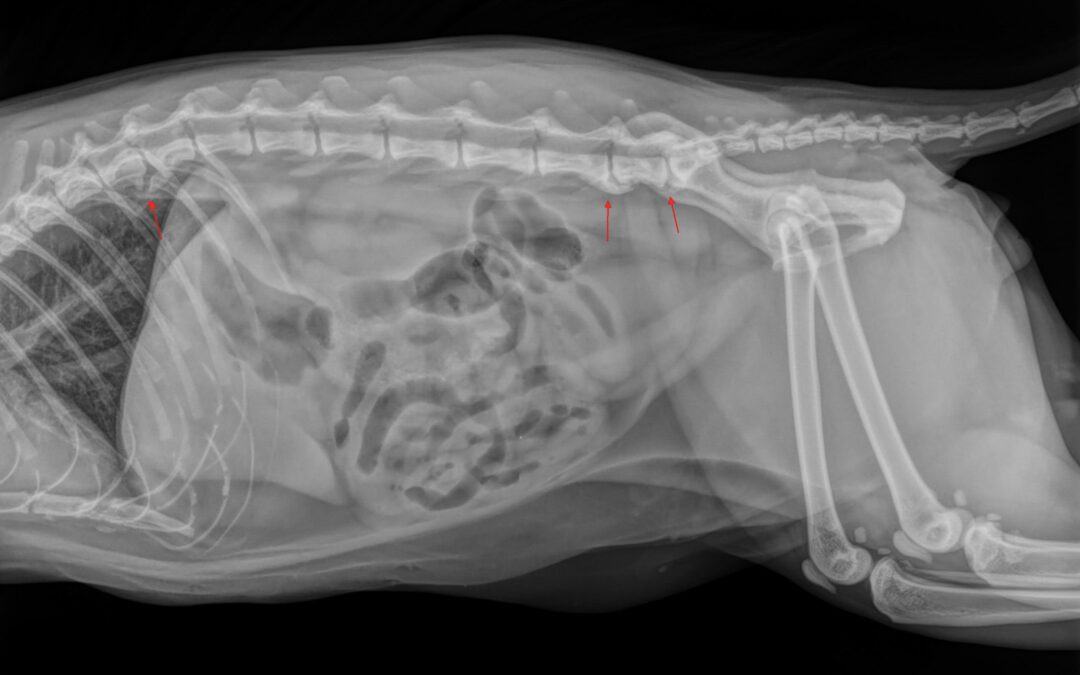Years ago, my favorite veterinary professor said, “Cats are not small dogs.” He was undoubtedly correct regarding arthritis. We frequently recognize pain and arthritis in dogs, but did you know that nearly 40% of cats show signs of osteoarthritis? It just looks different in cats.
Cats are masters of subtlety. They demonstrate pain in such subtle ways that we often fail to recognize it. In cats, we notice changes in behavior. Cats are smart; they modify their behavior to cope and prevent pain.
So how can you recognize pain in your cat?
Mobility: We think of arthritis as stiff joints, but for cats, decreased mobility could mean they hesitate to jump up or down stairs and furniture.
Agility: I think of cats as the original inventors of parkour. Cats with arthritis often lose that fantastic agility.
Grooming: Cats must twist around like the best yoga instructor to properly groom themselves. So, matting at the rump region or poor haircoat can be signs of arthritis.
Behavior: While some cats seek solitude, others may become aggressive. Additionally, we can see changes in litter box habits and sleep positions. For example, a comfortable cat will lie on their side. In contrast, an uncomfortable cat will sleep in a hunched (bread loaf) position.
What is arthritis?
Osteoarthritis is associated with the degeneration of cartilage and the proliferation of bone around the joint.
In the radiograph, a cat is lying on its side. The three arrows point to extra bony growth bridging across the intervertebral joints of a cat’s spine. It is a good visual of how these changes lead to decreased motion, inflammation, and pain.
What’s the treatment?
Your veterinarian’s goal is three-fold: treat pain, maintain mobility, and limit disease progression. The good news is we have many choices.
Pain medications come as pills or liquids to ease administration. In addition, we can now offer a monthly injection called Solensia that targets pain signaling pathways. It acts like a sponge, soaking up the signals before they trigger pain.
Adjunct pain control, like laser therapy and acupuncture, works well. You will be amazed at how relaxed pets are during these treatments.
“Joint supplements,” or nutraceuticals, and herbal supplements are also options to help support healthy joints and decrease inflammation.
Weight loss, exercise, and environmental changes can also be essential considerations.
What can I do?
Don’t think your cat is “just old and lazy.” Now that you can read those subtle signs, schedule a visit and talk to your veterinarian. Always be sure to speak with your veterinarian before exploring options.
If you have a cat who gets a little “spicy” at the vet, don’t let that dissuade you. Instead, let us know, and we have medications that you can give ahead of time to help calm their fear and make their visit much more pleasant.
Visit us
Whole Pet Veterinary Hospital in Davidson is happy to offer these therapies. We look forward to working with you to explore options so your kitty can have a long, pain-free, happy life.
Sincerely,
Dr. Heather Linen
